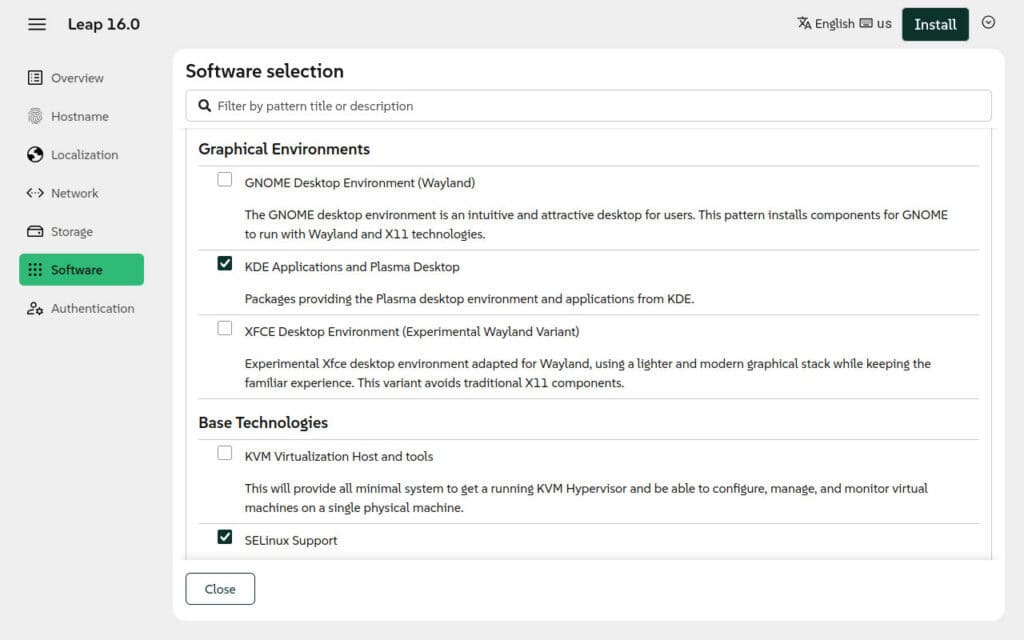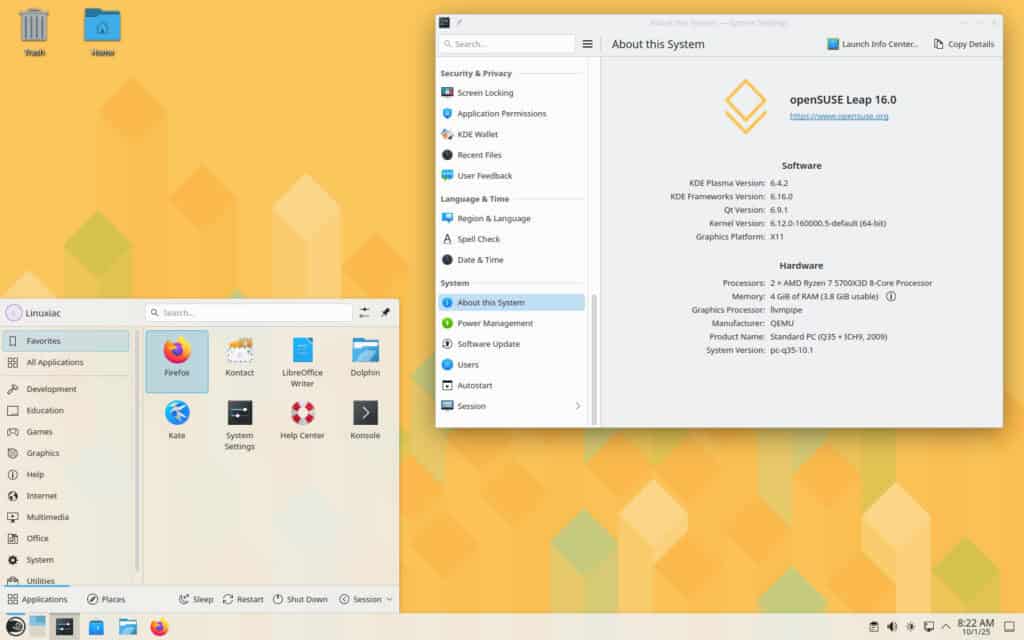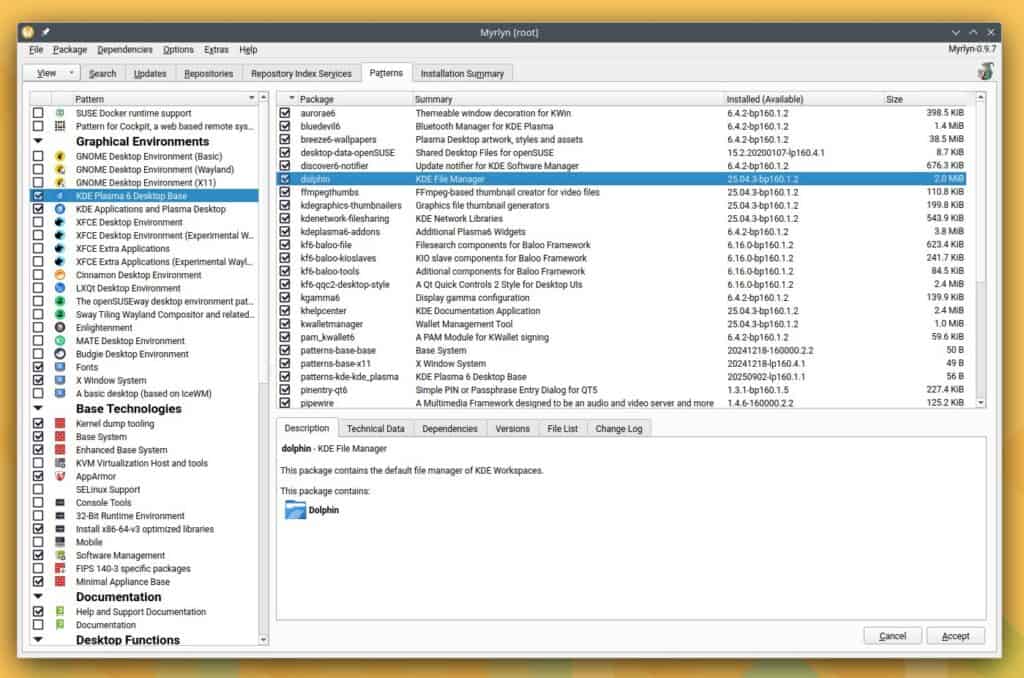The wait is finally over. After a year of development, with the beta arriving in April and RC in August, openSUSE Leap 16.0 has officially landed today, powered by Linux kernel 6.12 LTS. The new release introduces a wide range of features designed for users of this general-purpose enterprise Linux distribution.
As with previous versions, Leap 16 shares its codebase with SUSE Linux Enterprise Server (SLES), ensuring source and binary compatibility. This means users can seamlessly migrate from Leap 16 to SLES 16 when enterprise-grade support is required. Developers, meanwhile, can build and test workloads on Leap before deploying them to production on SLES.
One of the most noticeable changes is the introduction of the new Agama installer, which replaces the older YaST-based one. The updated setup offers a cleaner and more modern installation experience. Package management also becomes faster, thanks to parallel downloads in Zypper, which cuts down on installation and update times.

Migration has been simplified as well. The new openSUSE Migration tool allows users to upgrade directly from Leap 15 to Leap 16 or switch to alternatives like Tumbleweed, Slowroll, or SLES with minimal hassle.
Moreover, the new release makes a significant shift in hardware requirements. It now requires x86-64-v2 as the minimum CPU level, which generally means processors made in 2008 or later. Users with older hardware are encouraged to move to Tumbleweed or Slowroll instead.
Regarding desktop environments, openSUSE Leap 16.0 offers updates across the board, providing users with a choice between KDE Plasma 6.4, GNOME 48, and Xfce 4.20.

On the compatibility side, 32-bit (ia32) support is disabled by default, but users can enable it manually. This matters most for gaming, as platforms like Steam still rely on 32-bit libraries.
Security also gets a notable change. Leap 16 ships with SELinux enabled as the default Linux Security Module (LSM), while AppArmor remains available as an optional post-installation feature.
It’s also worth noting that with this release, SUSE has decommissioned the traditional YaST software-management stack and introduced Myrlyn, a Qt-based front end to the ZYpp package engine, to assume much of YaST’s role in installing and managing software.

The release also marks the beginning of a new life-cycle schedule. Annual minor releases are expected until 2031, with Leap 16.6 being the last in the series. A successor to Leap 16 is already penciled in for 2032. Leap Micro, the project’s immutable variant, will follow the same release rhythm.
Lastly, if you’re running Leap 15.6 and want to upgrade but are still unsure about how to do it, don’t worry. You can easily do it by following our comprehensive “How to Upgrade to openSUSE Leap 16 from Leap 15.6” step-by-step guide for hassle-free execution.
For more information, see the announcement.

Whats new? Very little in the release actaully works and it should not be installed, don’t even bother with it until they actually fix the installer and get applications like Nemo file manager working an the updater. Opensuse has NEVER release something this broken as a final version. I’m very disappointed especially when Microsoft is forcing the adoption of Windows 11 which will force companies to upgrade hardware and Linux should be an attractive replacement but OpenSuSe come out with a release that can not be installed even by someone that is a long time user of thier software.
Packman is not ready for Leap 16: avoid installation until official release!
Openh264 repo is already available for Leap 16:
sudo zypper ar -f http://codecs.opensuse.org/openh264/openSUSE_Leap_16 repo-openh264
sudo zypper in gstreamer-1.24-plugin-openh264 mozilla-openh264